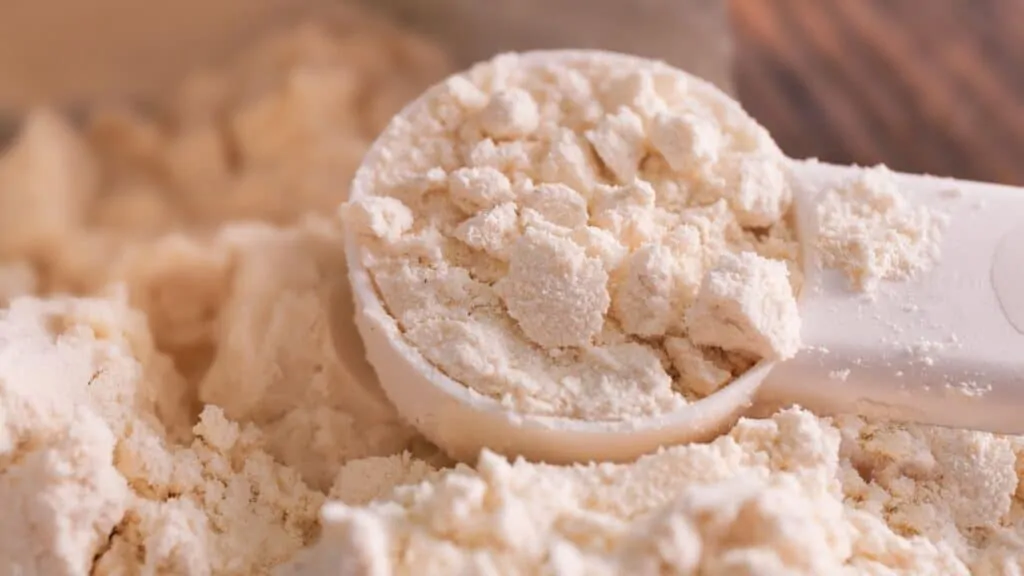Reducing sodium from the menu to the mouth helps to maintain a low sodium diet. High blood pressure, which can be caused by too much sodium, is a major cause of heart disease and stroke. The dietary guidelines for Americans recommend high-protein, low sodium dietary solutions, consuming less than 2,300 milligrams (mg) of sodium daily. However, 1,500 milligrams or less is recommended by the AHA for ideal heart health. Furthermore, the recommended sodium level for children under 14 is even lower.
Table of Contents
Even in kids and teens, science strongly backs the idea that less sodium means a healthier liver.
7 Low Sodium Protein Powders
So, what is the best low sodium protein powder? We have created a list of 7 such powders with very less sodium.
Genepro Organic Protein Powder
It is one of the best low sodium protein powders by Muscle Research. It is designed for people who suffer from sensitivities. This protein powder suits every diet that helps you gain more muscle without causing allergies or other health issues.
Moreover, it blends high-quality proteins based on three sources: genetic hexapeptide protein, hydrolyzed whey, and instant peptide. In addition, the protein powder contributes BCAAs, which enhance the body’s absorption rate.
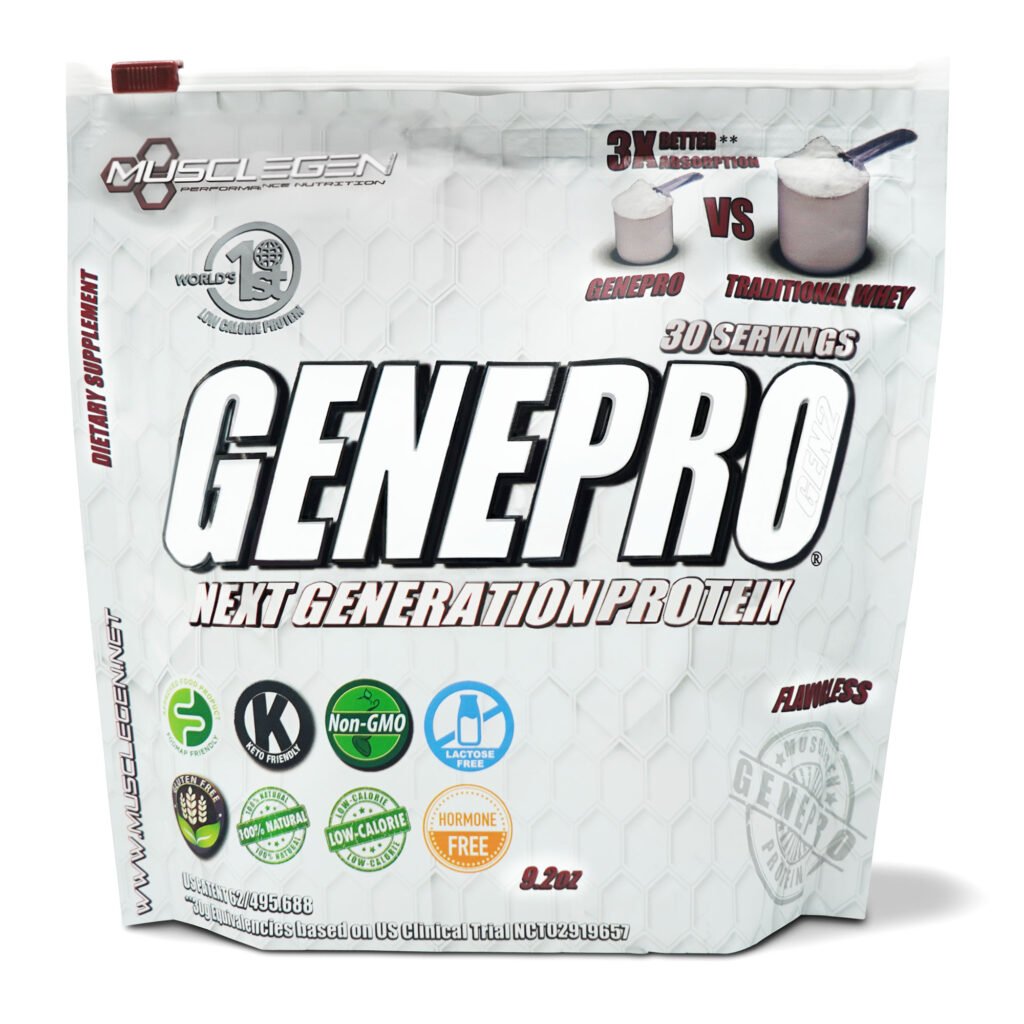
Pros
- Gluten-free and lactose-free
- It helps with a fast absorption rate.
- Boost energy
Cons
- It does not mix well.
Amazon Rating: 4.5 out of 5 with 6,750 reviews.
Now Sports Nutrition! Whey Protein Powder
This is another top-rated low sodium protein powder. In Now Whey Protein Isolate, the whey is entirely in a processed form that helps to lower the fat and lactose content of the protein. It is one of the great isolate powders with no artificial flavors or colors. Hence, it is easy on the stomach. You will also get various flavors to prepare recipes or smoothies.
It gives the best result for all types of bodies. In addition to this, it contains vitamins, minerals, and other essential nutrients necessary for optimal health. It also contains high-quality protein that is both absorbable and digestible for the body. It is naturally rich in BCAAs, which makes it ideal for active individuals.
Pros
- Completely high-quality protein
- Soy-free
- Every batch is tested and verified for potency and safety.
- It is both bioavailable and digestible.
Cons
- Nothing much negative.
Amazon Rating: 4.3 out of 5 with 1,613 reviews.

Naked Whey Grass-Fed Protein Powder
This is the best low-salt protein supplement that is sugar free too. Exclusively grass-fed pure Naked protein without any adjustments is GMO-Free, rBGH-Free, Soy-Free, and Gluten-Free.
Grass-Fed Whey is derived from small dairy farms in California with vital amino acids, pure protein, and glutathione.
Unlike other whey protein powders, Naked Nutrition Grass-Fed Whey Protein Powder is coldly processed to preserve essential naturally occurring growth ingredients.
Create before and after-exercise whey drinks, smoothies, and recipes to maximize muscle growth and recovery. An excellent powder for your sugar-free protein drinks.
Pros
- High-quality, flavorless protein powder
- It is obtained from USD-certified grass-fed dairy cows.
- Free of hormones and other preservatives.
- It contains 5.5 g of naturally occurring BCAAs.
- It contains essential amino acids.
Cons
- Doesn’t mix well.
Amazon Rating: 4.1 out of 5 with 15,180 reviews.
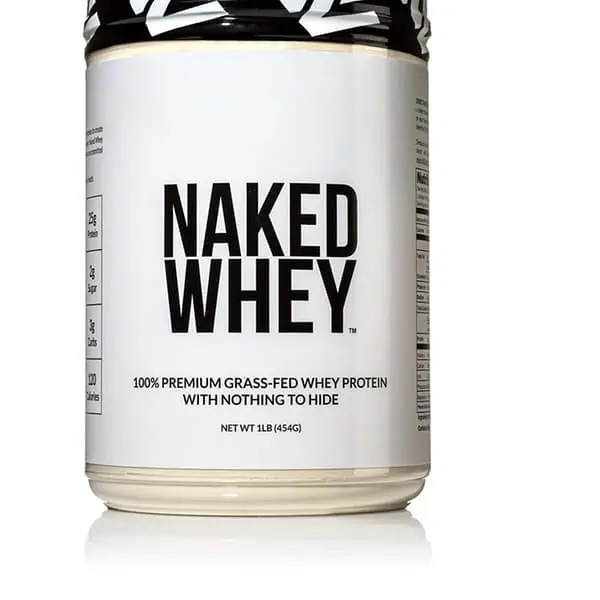
Nutiva Organic Hemp Seed Protein
This low sodium plant-based protein supplement has high protein content and is rich in minerals, fiber, and healthy fats. It not only provides essential amino acids but is also sodium-free. Moreover, the manufacturer uses a cold-pressed extraction process that does not use any chemicals or high temperatures.
It gives a nutty taste that helps to make an excellent smoothie.
Pros
- It contains a few calories.
- It is keto-friendly.
- It is a pure hemp protein supplement.
Cons
- Not everyone may like the texture of the nutty flavor.
Amazon Rating: 4.4 out of 5 with 6,718 reviews.
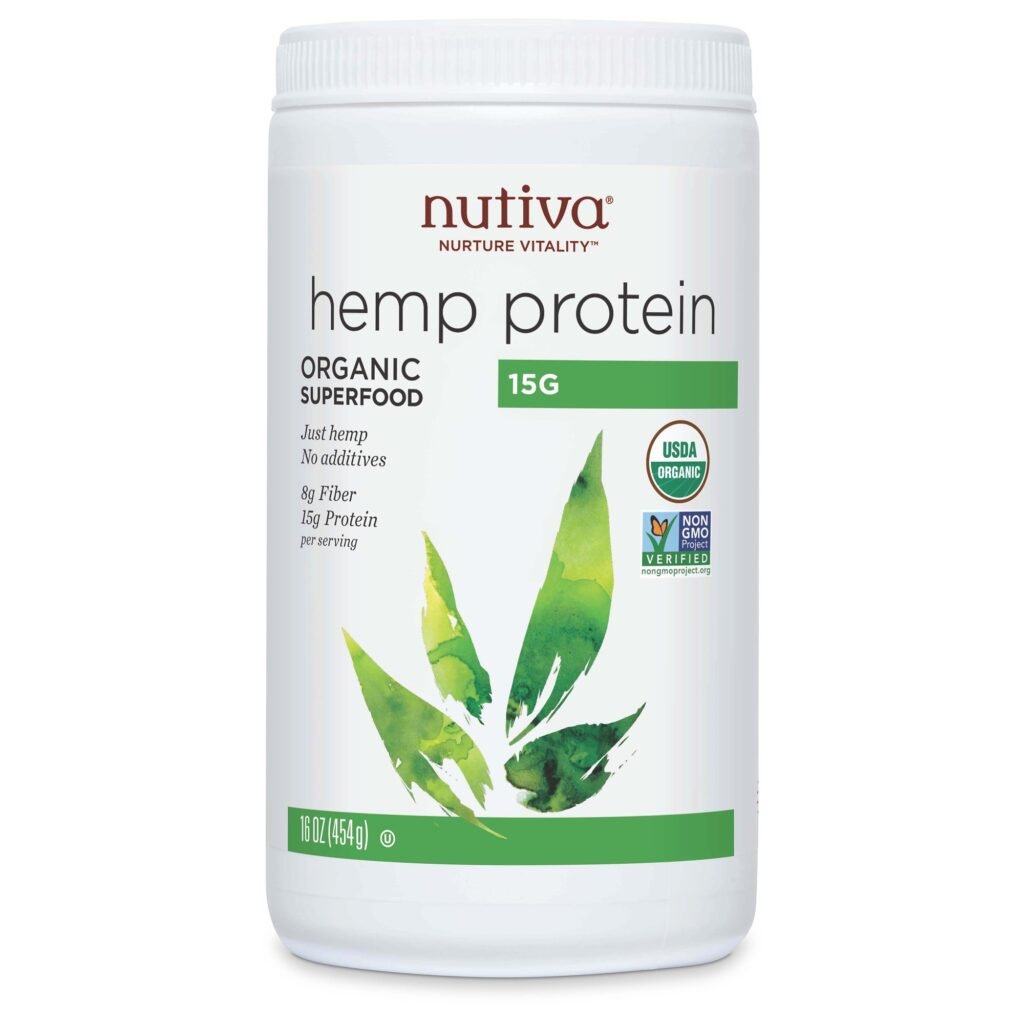
ProMix Nutrition Grass-Fed Whey Protein
It is designed for sports and professional athletes. It is another protein powder that promotes low sodium in the diet. It does not contain any additives or growth hormones. It comes in both unflavored and flavored varieties.
So, with the flavored version, you can try different recipes or can have the best low sodium protein shakes
Pros
- It is obtained from undenatured whey.
- It does not contain any chemicals or additives.
- Free of gluten and soy
Cons
- It gives an inconsistent flavor.
Amazon Rating: 4.3 out of 5 with 2,900 reviews.
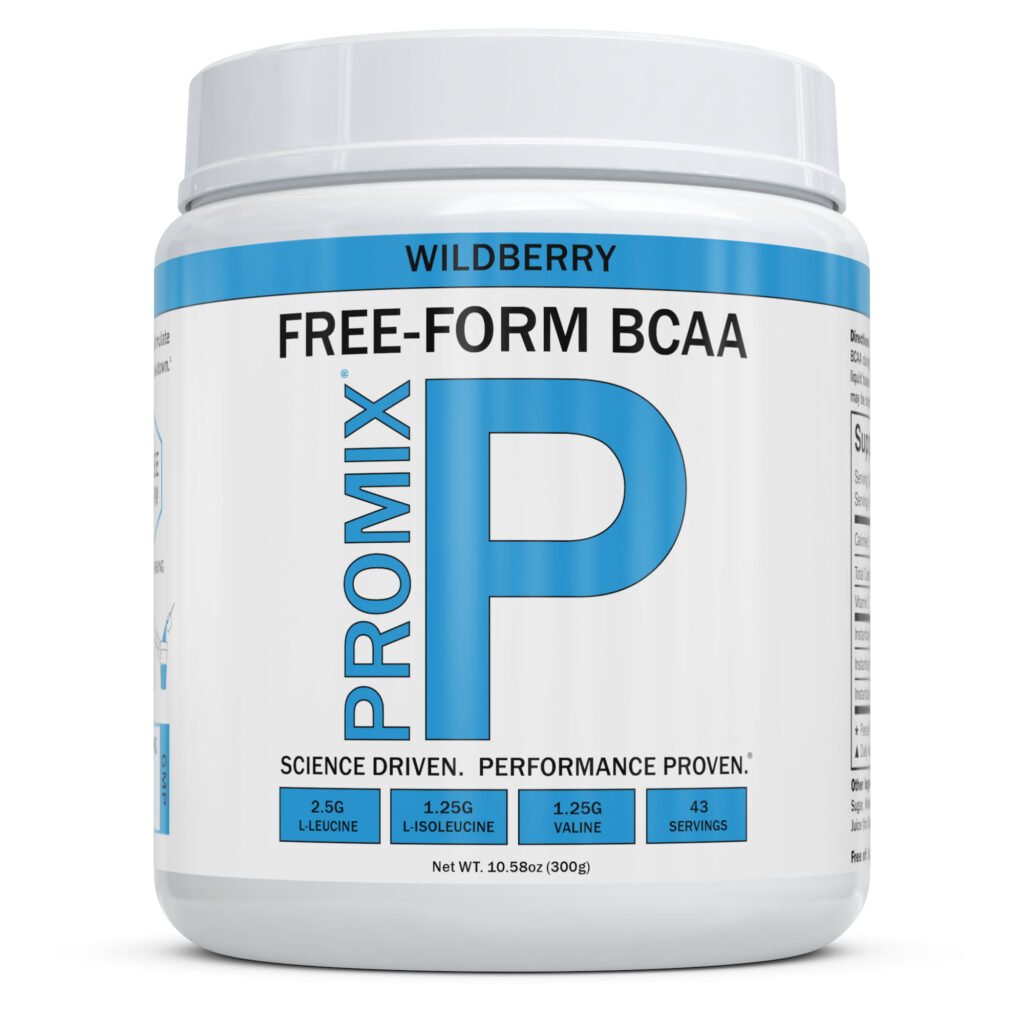
Vital Proteins Collagen Peptides
This product is derived from bovine collagen grown on pasture and fed grass, making it a high-quality and sustainable source of this vital protein. The most prevalent protein in your body, collagen, is essential for adequately functioning your skin, hair, nails, joints, ligaments, and tendons. Taking this supplement may reap collagen’s various benefits and speed up digestion and absorption.
Due to its ability to be blended with any hot or cold beverage, including tea, coffee, and smoothies, this product is also quite simple to use. You can take it whenever you’d like; you only need one or two daily scoops. Furthermore, this product contains no added sugars, sweeteners, gluten, cholesterol, heavy metals, or dairy. It has been certified paleo and Whole30 approved.
Pros
- Environmentally friendly protein source.
- Aids in swift digestion and absorption.
- Certified Paleo and Whole30 Approved.
- Free from Undesirable Additives.
Cons
- Not suitable for vegetarians or vegans due to its bovine source, limiting dietary compatibility.
- Caution for those sensitive to bovine products.
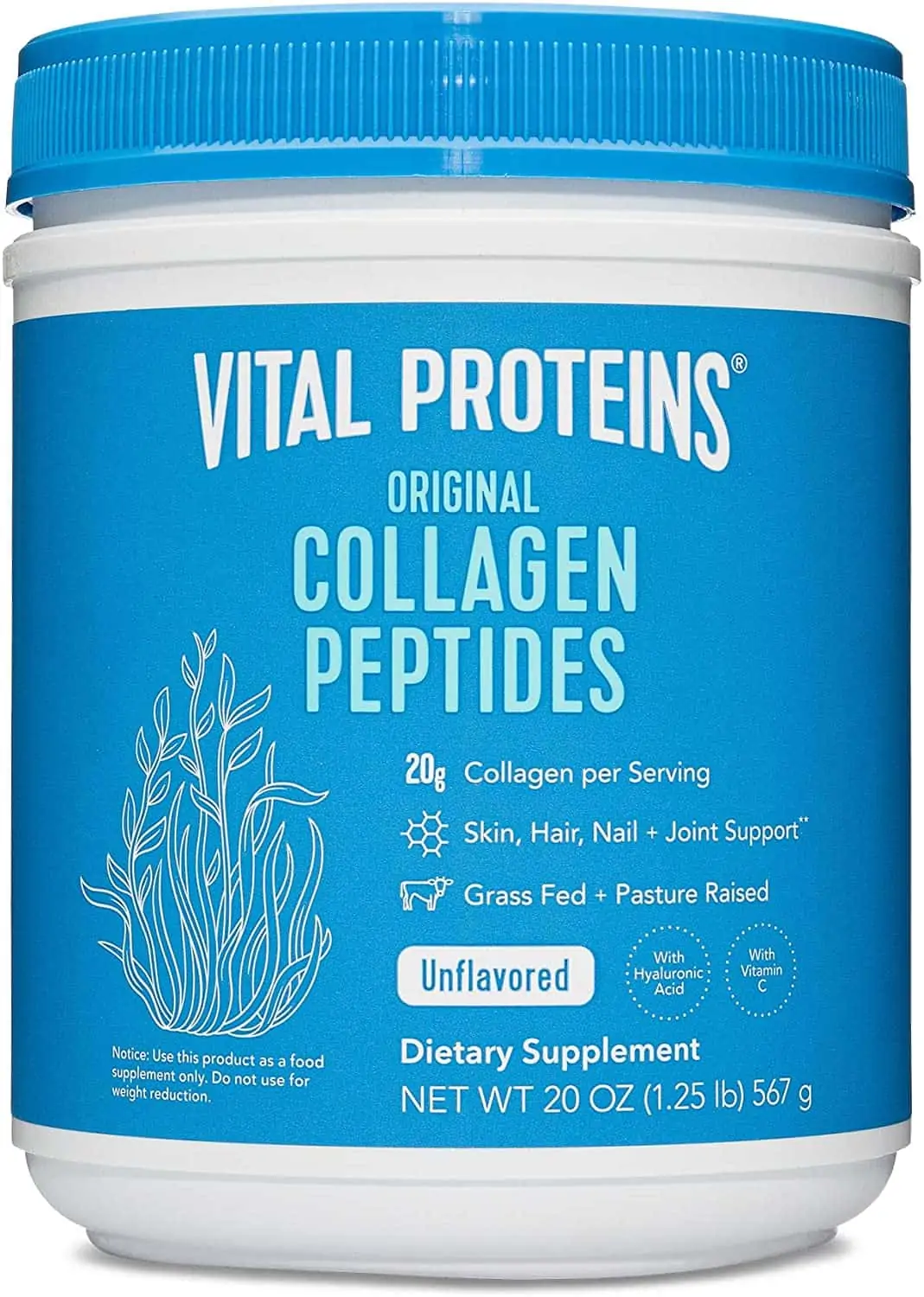
Amazon Rating: 4.5 out of 5 with 11,347 reviews.
Raw Organic Whey Protein Powder
It is made from the milk of grass-fed cows on small, family-owned farms in the US. It is cold-processed and sweet-processed, which preserves the amino acids and nutrients in the whey.
It has no sodium, no added ingredients, and a natural, creamy taste. It is a high-quality, organic, and sustainable protein source.
Pros
- Cold and Sweet Processed.
- High Protein Concentration.
- Rich in Antioxidants.
- Natural, Creamy Taste.
Cons
- Potentially pricier compared to non-organic or non-natural whey protein powders.
- Not ideal for individuals allergic or sensitive to dairy due to lactose and milk proteins.
- Offers fewer flavor options as it is unflavored and pure.
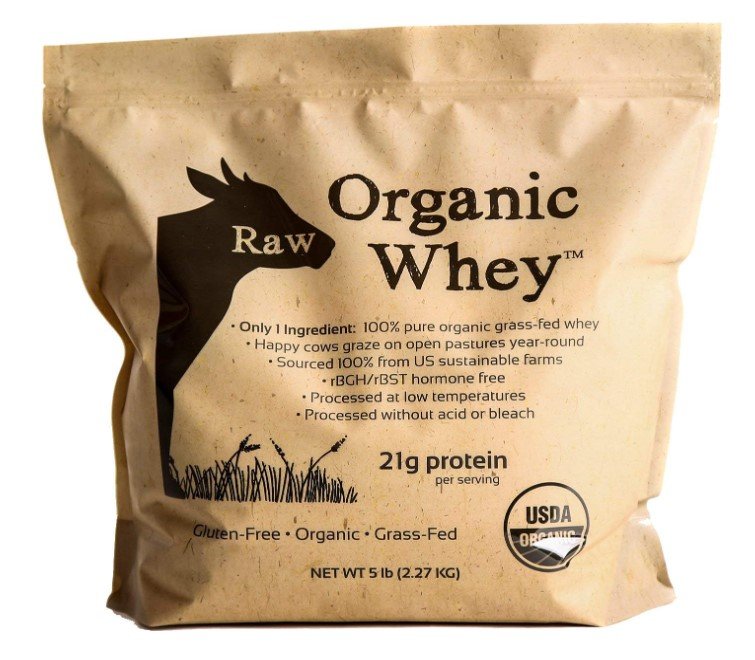
Amazon Rating: 4.5 out of 5 with 1,199 reviews.
Is Low Sodium Diet Healthy?
A low sodium diet has several health benefits in the long run. It helps improve blood pressure, reduce chronic kidney disease, and improve overall health. Also, it lowers the risk of stomach cancer in young adults.
On the other hand, eating too little sodium or salt in your diet may have negative health effects.

Why is sodium also important for our bodies?
The human body requires a small amount of sodium to maintain the right balance of water and minerals in the body. Furthermore, a small amount of sodium in the body also helps to conduct nerve impulses, relax muscles, and contract.
Therefore, for a healthy adult, it is recommended to have 500 mg of sodium daily for these vital functions.
Related Readings
Why Gluten-Free Diet? 11 Best Gluten Free Protein Bars
Vegan Diet for Belly Fat Loss & 9 Best Selling Vegan Powders
How much sodium affects your health?
Excessive levels of sodium or salt may put you at risk for:
- Kidney Disease
- High Blood Pressure
- Enlarged Heart Muscle
- Stomach Cancer
- Heart Failure
- Stroke
- Headaches
- Kidney Stones
- Osteoporosis
Excess levels of sodium or salt may cause:
Increased water retention, which leads to:
- Bloating
- Puffiness
- Weight Gain
Where does sodium come from?
- More than 70% comes from processed and restaurant foods.
- Added 10% while cooking or eating.
- 15% occurs naturally.
- Shake Out Salt
Keep your sodium intake in check as a part of an overall heart-healthy eating pattern that emphasizes:
- Whole Grains
- Non-Tropical Vegetable Oils
- A variety of Fruits and Vegetables
- Nuts and Legumes
- Limiting saturated fat, trans fat, red meat, sodium, sugary drinks, and sweets
- Low-Fat Dietary Products
How much sodium per day?
According to the Dietary Guidelines for Americans, the recommended limit for adults for sodium intake should be less than 2,300 milligrams (mg) per day. In short, the sodium intake should equal about 1 teaspoon of table salt.
6 Popular Foods with High Sodium Levels
Eating a diet low in sodium can improve your heart health.
So, we have come up with a list of six popular foods that are high in sodium. Refraining from or limiting the following foods can keep your sodium consumption in check.
Now, let’s look at the below-mentioned points to understand things better:
- Pizza
A slice of pepperoni pizza can contain almost a third of your recommended dietary sodium.
- Bread & Rolls
Some foods you might eat throughout the day, such as bread, can add up to a lot of sodium, even though each serving may not seem high.
- Cold Cuts and Cured Meat
One 2 oz. serving, or six thin slices, of cured meat, can contain as much as a third of your daily recommended dietary sodium.
- Sandwiches
A fast-food sandwich or burger can contain more than 100% of your daily recommended dietary sodium.
- Soup
Sodium in one cup of canned soup of the same variety can range from 49 to 830 milligrams—more than a third of your recommended intake.
- Burritos & tacos
Taco toppings and burrito fillings can pack a big sodium punch. Choose burritos and tacos full of veggies and lean protein sources.
What is the healthiest alternative to meat?
Vegetarian food can give you the best results if you want a healthy alternative to meat. Vegetarian foods are high in protein, minimally processed, and 100% natural.
| Tempeh | Beans | Lentils | Mushrooms |
| Seeds | Jackfruit | Nuts |
What meat has the least amount of sodium?
Well, there are a few types of meat on the market that contain the least amount of sodium. It includes:
| Beef | Lamb | Pork | Veal |
| Shellfish | Poultry | Fish | Low Sodium-canned fish/meat |
Which fruits are high in sodium?
Some fruits may also have a high sodium content like any other food. It includes:
| Banana | Melons | Guavas | Apples | Pears |
| Pineapple | Mango | Papaya | Avocado |
These fruits contain natural sodium ranging between 1 and 8 mg per 100 g.
Which vegetables are high in sodium?
Like any other food, some vegetables may also have high sodium content. It includes:
| Beetroot | Celery | Cauliflower | Cabbage |
| Carrots | Broccoli | Radish |
One beet may contain about 65 mg of sodium. On the other hand, a large celery stalk may contain about 70 mg of sodium.
Which cheese is lowest in sodium?
There are some cheeses available on the market that may contain the least amount of sodium. It includes:
| Goat Cheese | Cream Cheese | Swiss Cheese |
| Brick Cheese | Mozzarella Chees | |
What are some sodium-free foods?
A few types of fruits and vegetables are sodium-free for the diet.
| Corn | Asparagus | Green Beans |
| Blueberries | Avocados | Cucumbers |
6 Ways to Reduce Sodium Intake While Preparing Food
- Use onions, garlic, spices, herbs, juices, citrus juices, and vinegar in place of some or all the salt to add flavor. Recipes can help!
- Combine lower-sodium versions of foods with regular versions. You will get less salt and probably won’t notice much of a difference in taste.
- Drain and rinse canned beans (like chickpeas, kidney beans, etc.) and vegetables. You will reduce sodium by up to 40%.
- Cook pasta, rice, and hot cereal without salt. You will likely add other flavorful ingredients, so you won’t miss the salt.
- Cook by grilling, searing, roasting, braising and sautéing to bring out natural flavors. This will reduce the need to add salt.
- Incorporate foods with potassium, like sweet potatoes, greens, and potatoes. Potassium helps counter the effects of sodium and may help lower your blood pressure.
Is plant-based meat better than real meat?
Plant-based meat is always a healthy option for real animal meat. Plant-based meats are loaded with nutrients and are higher in fiber. Moreover, they are a highly sustainable and easy swap for animal meat.
You need to choose healthier plant-based protein over highly processed meat replacements.
Conclusion
Sodium is essential to maintain the body’s fluid balance. That’s why sodium plays a significant role in contracting nerve impulses and muscle functions. However, too much sodium can have adverse effects like hypertension, heart disease, and kidney complications.
Therefore, a low sodium diet helps keep the sodium levels in the body in check. Further, it also helps in the management of various health conditions.
So, people should opt for a low sodium diet whenever possible by choosing the right products that are sodium-free or low in sodium levels.




